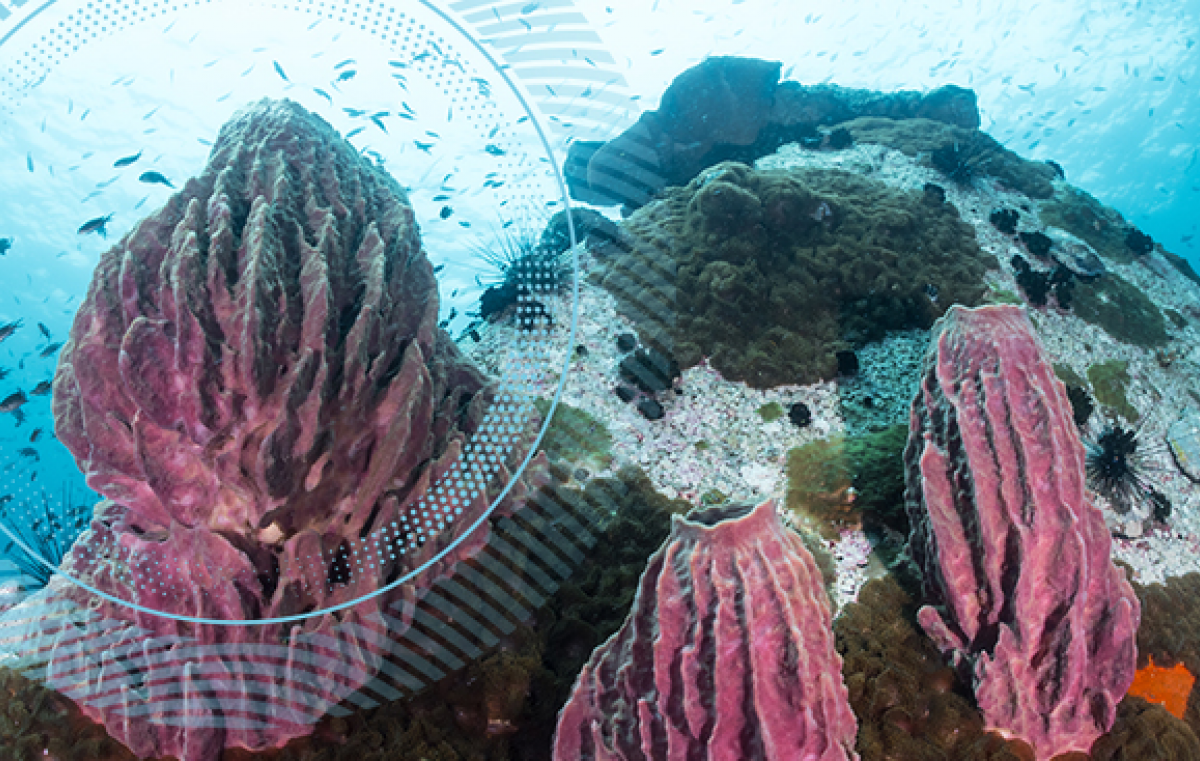What is Happening to the Ocean?
Using innovative microscopic technology to inspect coral skeletons, we can learn about the changes in the oceans acidity

Are the oceans changing, and what can that teach us about current environmental changes?
Joint research by Prof. Maoz Fine of Bar-Ilan’s Goodman Faculty of Life Sciences and researchers from Poland shows that the coral crystals very precisely report the conditions of the environment in which they grew.
The coral builds its skeleton through a bio-mineralization process – creating mineral crystals by a living organism. The crystals created during calcification, contain information about the surrounding conditions when they were created. The research challenge intensifies further in cases where the organism’s biological activity, in this case the coral, masks the environmental information in the crystal. This process is called the vital effect or “the influence of the biological processes”.
The research, conducted at the Interuniversity Institute of Marine Sciences in Eilat, examined coral skeletons from Stylophora pistillata, grown in a controlled aquarium system while inspecting the relation between the structure of the skeleton and its growth conditions. Using innovative microscopic technology, they found that the spatial organization of the crystals – as well as their chemical compound composition – may serve as a natural and reliable indicator of changes in the acidity of the ocean water.
This research is of great importance in light of the acidification process the oceans are currently undergoing, as greenhouse gasses (mostly carbon dioxide) rise in the atmosphere. The findings allow for an inspection of acidity conditions in ocean water around the centuries-old coral reefs. Inspecting fossilized corals using this innovative technology even allows for the reconstruction of conditions from times when there were no adequate measuring devices.
“The rapid and destructive change that the coral reefs are going through around the world obligates us to better understand the effects of global changes, and at the same time aspire to decrease the emission of greenhouse gases as quickly as possible,” says Prof. Fine.